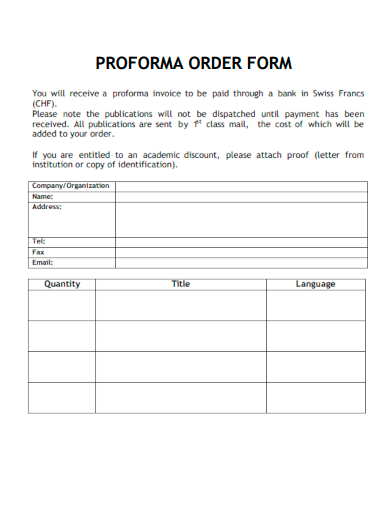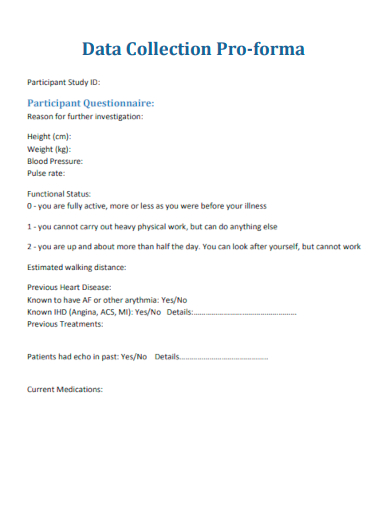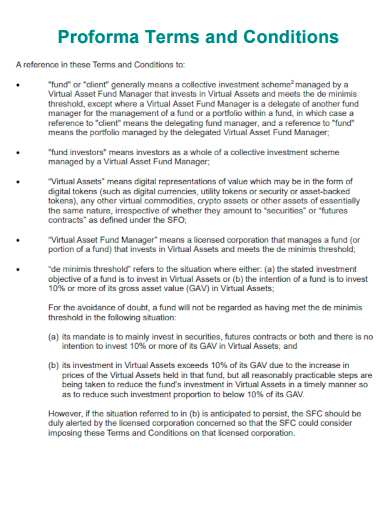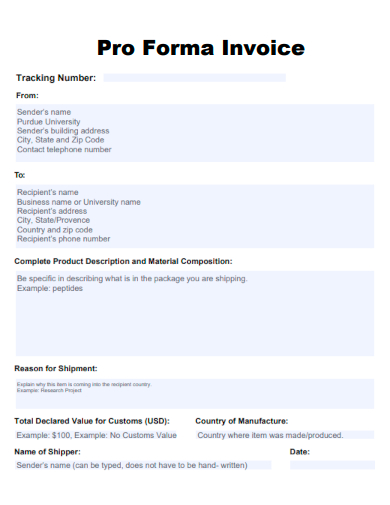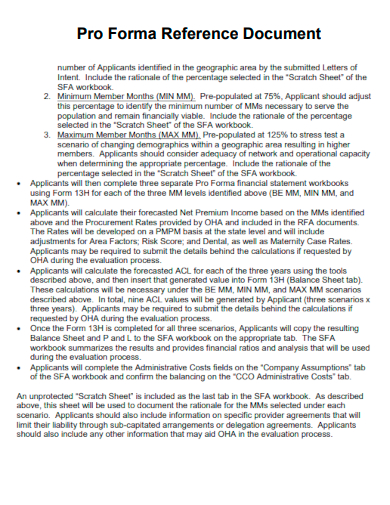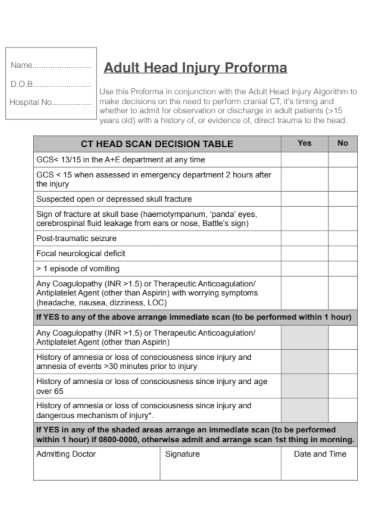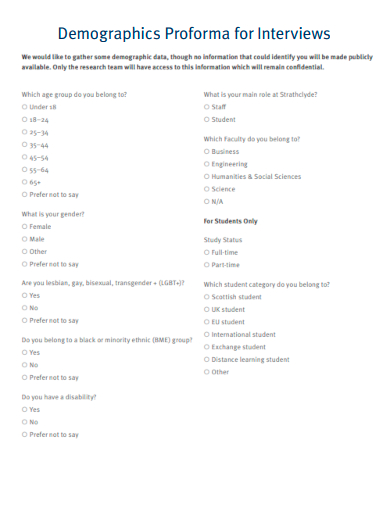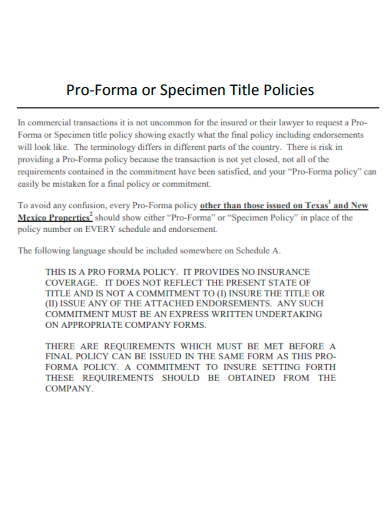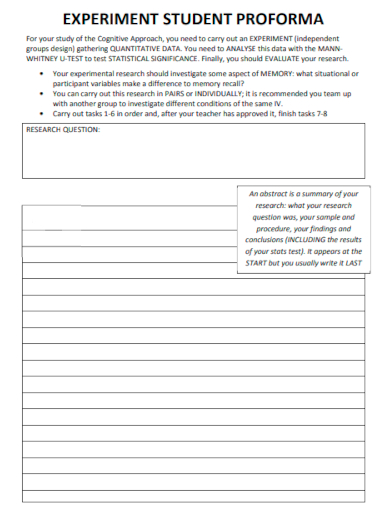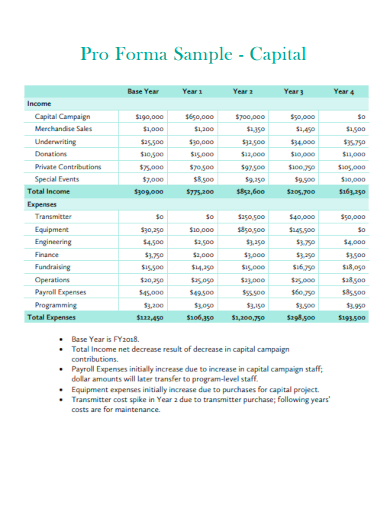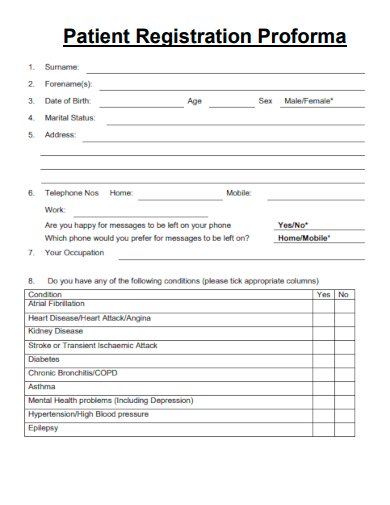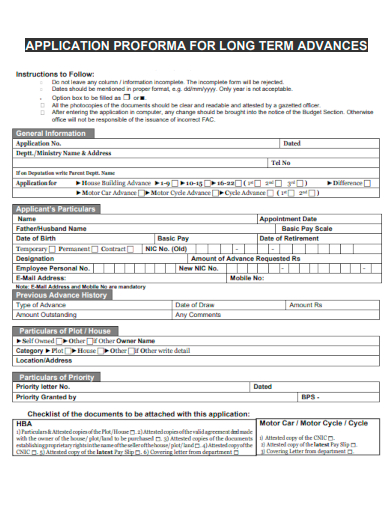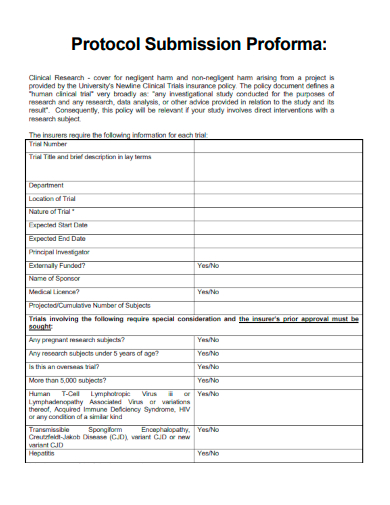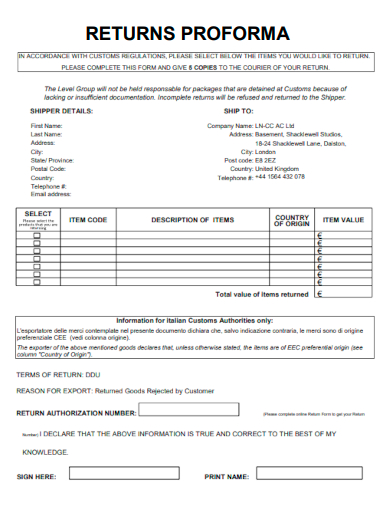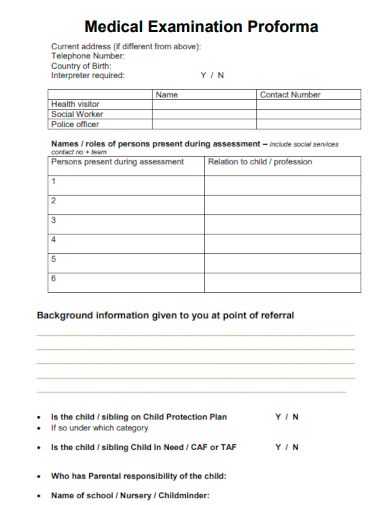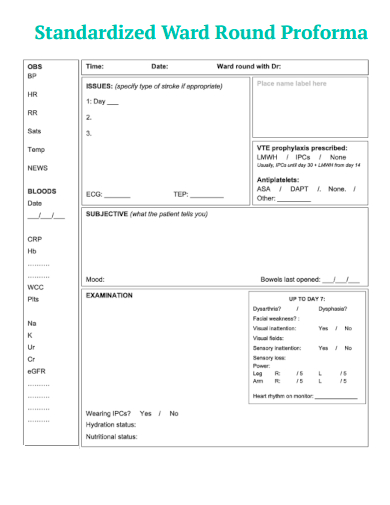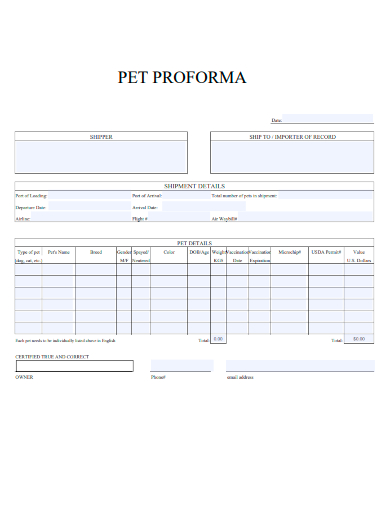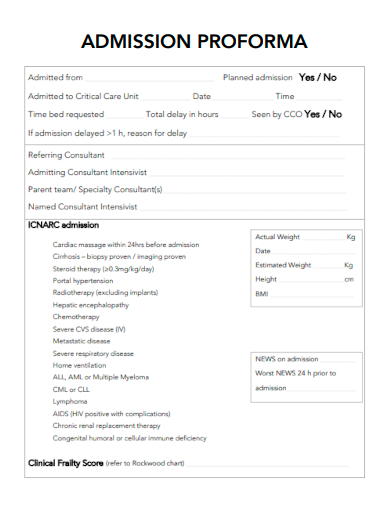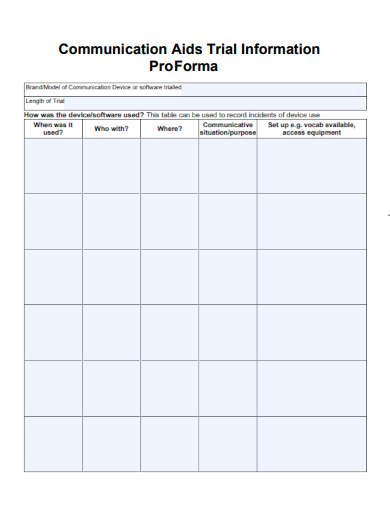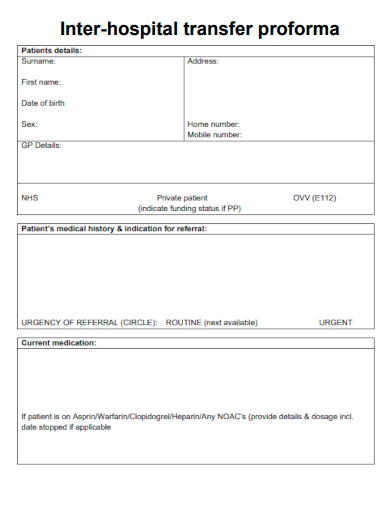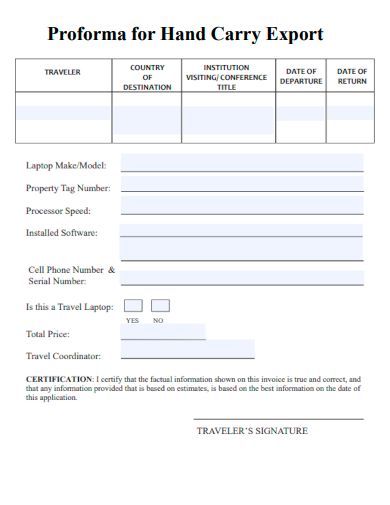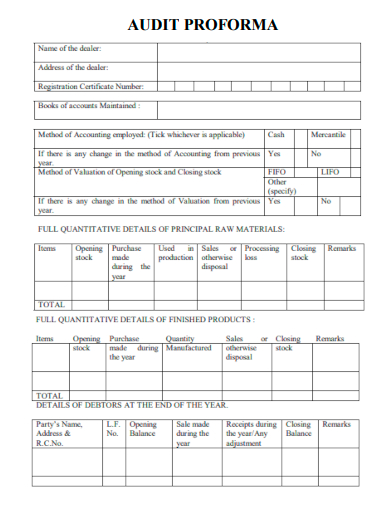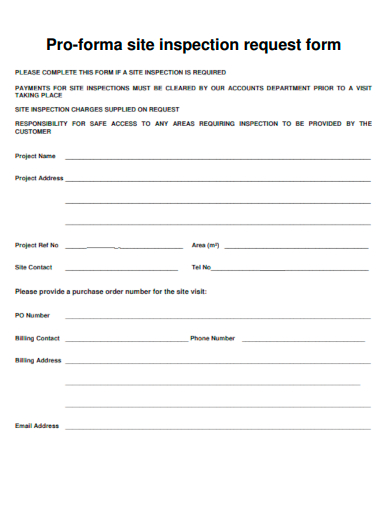Pro forma in financial statements indicates that a calculation of financial results used particular projections or presumptions. The ability to forecast or project financial performance based on assumption is a valuable skill for companies and businesses as it helps in creating adjustments and improvement plans on its processes and budget plans or management plans. Team members that work under their company’s financial department or management team must be knowledgeable on pro forma statements to evaluate their future business developments.
30+ Proforma Samples
1. Proforma Order Form
2. Data Collection Proforma
3. Financial Proforma
4. Proforma Terms and Conditions
5. Proforma Invoice
6. Proforma Reference Document
7. Adult Head Injury Proforma
8. Proforma Style Guide
9. Demographics Proforma for Interviews
10. Proforma or Specimen Title Policies
11. Experiment Student Proforma
12. Lesson Planning Proforma
13. Proforma Sample Capital
14. Proforma Contract
15. Patient Registration Proforma
16. Application Proforma for Long Term Advances
17. Protocol Submission Proforma
18. Returns Proforma
19. Medical Examination Proforma
20. Module Proforma
21. Submission Proforma
22. Standardized Ward Round Proforma
23. Proforma Booking
24. Pet Proforma
25. Admission Proforma
26. Undergraduate Proforma Course Registration
27. Communication Aids Trial Information Proforma
28. Inter-Hospital Transfer Proforma
29. Proforma for Hand Carry Export
30. Audit Proforma
31. Proforma Site Inspection Request Form
What is Pro Forma?
Pro forma refers to the process of calculating a company’s financial performance in the future to help its management team to make informed and better business-related decisions. The process involves the utilization of financial reports to assume hypothetical data about the company’s future performance to predict its status. Pro forma invoices are preliminary bills of sale that businesses provide to their buyers when they place an order. This invoice contains details such as the purchase items’ description, their prices, and other relevant details.
How to Write a Pro Forma
Pro forma financial statements are formal documents usually used to support a lending or investment proposal and are issued using a standardized format, including balance sheets, cash flow statements, and income statements. In finances, pro forma are statements that forecast the future performance of a company based on its current performance and hypothetical budgeting.
Step 1: Determine Your Business’s Revenue Projection
Calculate your business’s revenue projections while making sure that you use realistic market assumptions to create your pro forma statement accurately. Conduct research and work with experts to identify normal annual revenues and cash flow as well as asset accumulation.
Step 2: Conduct an Estimation of Your Total Liabilities and Costs
The liabilities of your business refer to loans and lines of credit while costs refer to its lease, employee’s staffing compensation plans, insurance, permits, licenses, materials, and more. Consider each of your expenses and identify areas that are unnecessary and that you can cut out of your plan.
Step 3: Estimate Your Cash Flows
This section of the statement provides a projection of your business’s future net income, sale of assets, issuance of stocks, dividends, and more. You can determine how your cash flow will look by adjusting your possible profitability, cash flow statements, and valuation of your business.
Step 4: Create Your Chart of Accounts
A chart of accounts refers to a pro forma that includes a statement for a period of 3 to 5 years. The first year is broken down into monthly increments, the following 2 years are broken down by quarters, and the remaining two years are broken down annually.
FAQs
What are the types of pro forma statements?
The four different types of pro forma statements include the pro forma balance sheets, pro forma cash flows, pro forma earnings, and pro forma total expenses.
What is the use of pro forma invoices?
Pro forma invoices are used by sellers to inform their buyers of the expected costs, fees, and date of delivery of the product or item they ordered. It provides transparency which helps in preventing possible misunderstandings when the order is provided or delivered.
What are the basic details included in a pro forma invoice?
The basic information included in a pro forma invoice includes the product’s estimated price, product description and quality, product quantity, payment terms and methods, and the product’s expected delivery time.
Pro forma financial statements are used as a method to forecast a company’s future financial results and performance. These statements are created with the use of historical financial statements and projected cash flows so business owners can determine how their company will operate in various scenarios. By projecting their future performance, businesses can make adjustments to their policies and procedures as well as development plans.
Related Posts
Weekly Schedule Samples & Templates
Contractual Agreement Samples & Templates
FREE 9+ Amazing Sample Church Bulletin Templates in PSD | PDF
Sample Business Card Templates
Sample Cashier Job Descriptions
Questionnaire Samples
FREE 10+ Sample HR Resource Templates in PDF
FREE 10+ HR Consulting Business Plan Samples in MS Word | Google Docs | Pages | PDF
FREE 49+ Sample Job Descriptions in PDF | MS Word
FREE 16+ Nonprofit Budget Samples in PDF | MS Word | Excel | Google Docs | Google Sheets | Numbers | Pages
FREE 13+ Academic Calendar Templates in Google Docs | MS Word | Pages | PDF
FREE 10+ How to Create an Executive Summary Samples in Google Docs | MS Word | Pages | PDF
FREE 23+ Sample Event Calendar Templates in PDF | MS Word | Google Docs | Apple Pages
Company Profile Samples
FREE 10+ Leadership Report Samples [ Development, Training, Camp ]

